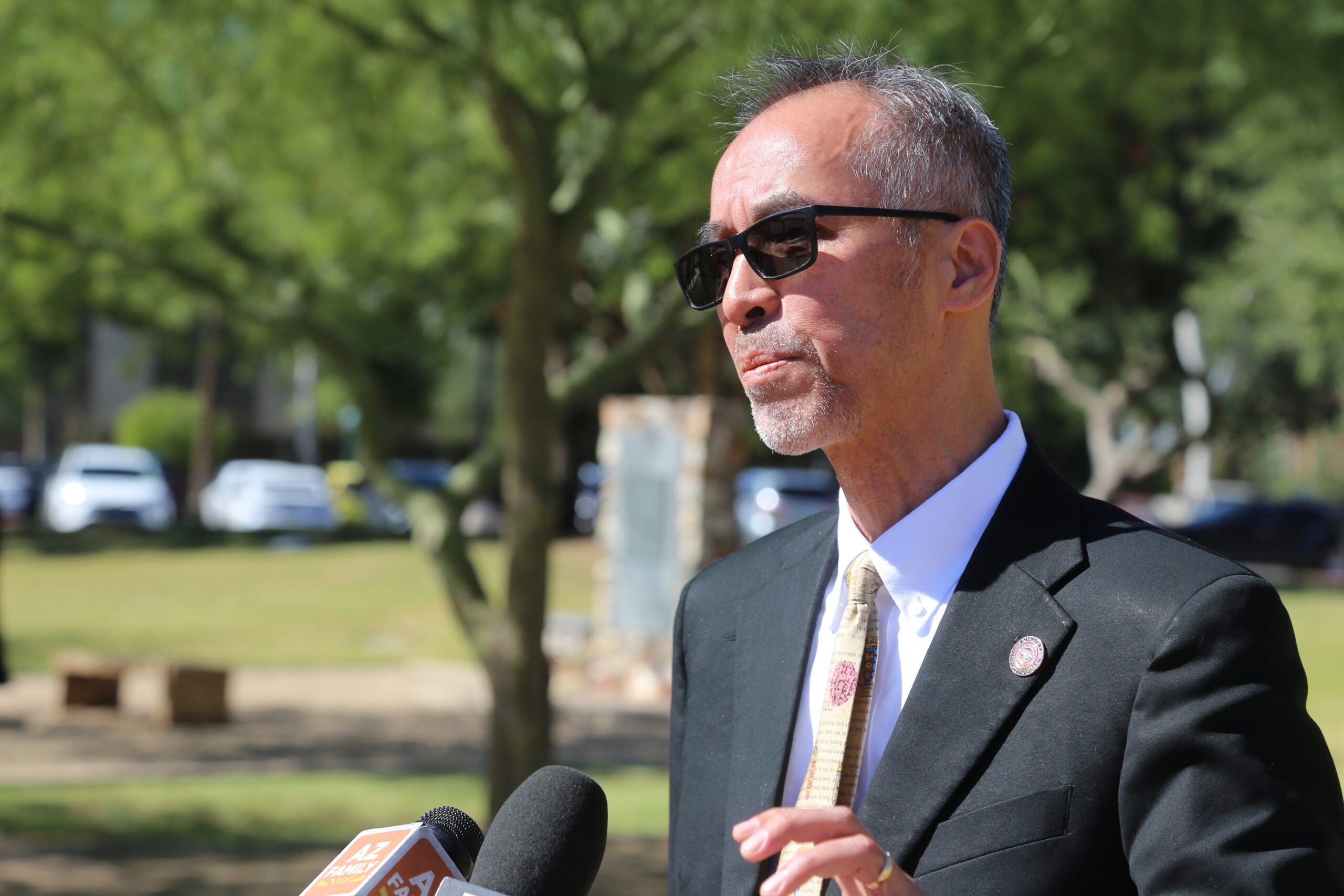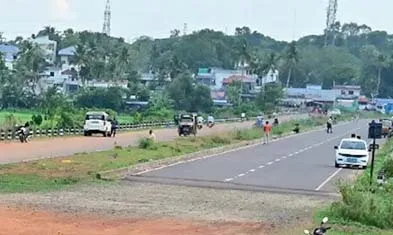Copyright Arizona Capitol Times

Key Points: Arizona lawmaker proposes bill to limit excessive speeders Speeding accounted for one-third of vehicle crash fatalities in 2024 Arizona would start a competitive bidding process for approved device providers An Arizona representative is trying to make the state’s roads safer by using new technology to tether excessive and frequent speeders to the posted speed limits. Rep. Quang Nguyen, R-Prescott Valley, said on Oct. 27 that he’s introducing a bill next session that would allow courts to order a speed-inhibitor device to be installed in the vehicles of motorists who frequently or excessively violate speeding laws. Speeding accounted for about one-third of all total fatalities from vehicle crashes in 2024, according to the Arizona Department of Transportation. More than 20,000 people were injured from speeding-related crashes and an additional 417 people died in 2024, outpacing the number of alcohol-related fatalities that year. The device would serve as an optional alternative punishment for motorists facing a speeding-related license suspension. “This is a serious problem, but once again, we’re not mandating anybody to do anything,” Nguyen said. “If you want to be able to get a limited driver’s license to get back to work, you can.” Speed-inhibitor devices use cellular technology to limit a vehicle’s top speed and acceleration to the posted speed limit. The technology has been used in the U.S. for decades, but some states, like Arizona, have only recently begun exploring ways to incorporate it into state law. “It’s essentially a dead pedal. You can floor the car and the vehicle just won’t accelerate beyond what the posted speed limit is,” said Toby Taylor, the chief compliance officer with the Steer Safe Coalition, a partnership between vehicle interlock providers LifeSafer and Smart Start seeking to create legislation for speed limiters across the country. Drivers are unable to deactivate a speed inhibiting device without uninstalling it from the vehicle. Installing one takes about an hour, Taylor said. Washington state, Virginia and Washington, D.C., have instituted similar legislation. A driver would have to pay for the device, which could range between $100 to $250 to install, depending on the year and make of their vehicle. Taylor said using the device costs about $4 per day after installation. Speed-limiting devices do have their own limitations. The devices can’t slow a vehicle, meaning a driver with a speed limiter could still speed if they enter a dynamic speed zone, such as a school zone or construction area. In that instance, the responsibility is on the driver to reduce their speed. Washington state’s law also allows motorists with a speed limiting device to briefly override it for a minute to allow their vehicle to travel 10 miles per hour above the posted speed limit. Taylor said this feature allows drivers to speed up if they need to make an evasive maneuver or comply with some passing laws that allow motorists to drive above the speed limit to pass a vehicle on a two-lane highway. Nguyen’s bill is being reintroduced from the 2025 legislative session. The House Judiciary Committee chairman sponsored House Bill 2786, which failed on the House floor twice during the session. “I really think we’re going to get some bipartisan support on this,” Nguyen said. “I think we need to be clear. We might have been rushing a little bit last year, but I’m a lot calmer this year.” The bill received bipartisan support during the session, but a majority of Republicans first voted against it on March 6, and then a majority of Democrats voted against it on March 11, killing the bill for the session. Republicans affiliated with the Arizona Freedom Caucus voted against the bill both times it was introduced on the floor. Rep. Rachel Keshel, R-Tucson, said during the House’s March 11 vote that she was worried it could be amended to further restrict motorists in the future by different legislators if it was signed into law. “I see this legislation as potentially being nanny-state legislation, which is anti-freedom,” Keshel said. Nguyen said some of the opposition to his bill stemmed from a misunderstanding by his colleagues that a driver would be forced to install a speed limiter in their vehicle if a court ordered them to do so, but that is not his intention with the legislation. “If you decide not to opt in, you simply just stay home, not worrying about driving at all. We’re not forcing anybody to do anything,” he said. HB2786 had different durations of how long a defendant would be required to have a speed inhibitor installed, depending on the offense. A driver cited for racing on a highway would be subject to the device for 90 days; 180 days for drivers cited for a first offence of driving more than 100 hours per hour; 180 days for a second speeding citation within 12 months; one year if a driver is facing a one-year license suspension; and one year for a second offence of racing on highways. If the bill becomes law next session, Arizona would launch a competitive procurement process for companies to bid and become approved providers of devices that can be used.



